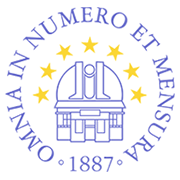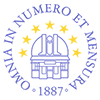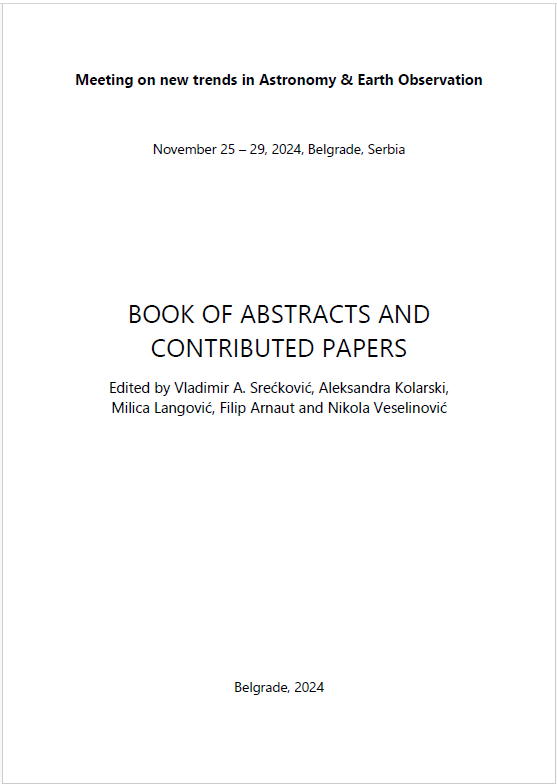DAYTIME AND NIGHTTIME VLF SIGNAL CLASSIFICATION UTILIZING MACHINE LEARNING METHODS
Filip Arnaut.
Publication
BOOK OF ABSTRACTS AND CONTRIBUTED PAPERS - International scientific conference: Meeting on new trends in Astronomy & Earth Observation, Page 15-20, https://doi.org/10.69646/aob241203
BOOK OF ABSTRACTS AND CONTRIBUTED PAPERS - International scientific conference: Meeting on new trends in Astronomy & Earth Observation, November 25-29, 2024, Belgrade, Serbia, Edited by Vladimir A. Srećković, Aleksandra Kolarski, Milica Langović, Filip Arnaut and Nikola Veselinović
Published by: Scientific Society Isaac Newton Belgrade
Published: 15. 12. 2024.
Abstract
Abstract: The automatic classification of ionospheric very low frequency (VLF) signals is a current research endeavor aimed at creating a machine-learning (ML) methodology capable of differentiating among various influences on VLF signals, including solar flares, VLF receiver malfunctions, nighttime VLF signals, and other factors. This communication discusses the enhancement in ML classification of daytime and nighttime ionospheric VLF signals, including the different methodologies, data processing, and various processes that demonstrated improvement over prior research. - FULL TEXT available in PDF.




